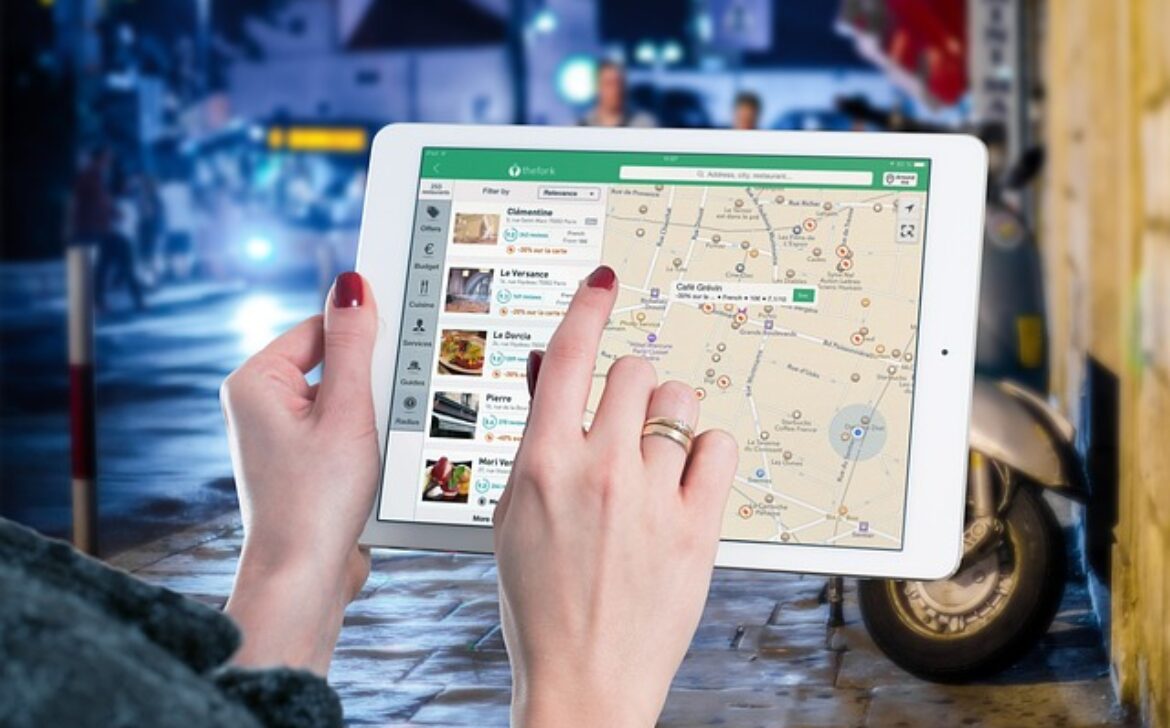Augmented Reality (AR): Bridging Digital and Physical Realities

As technology continues to advance, one term that has gained significant traction is Augmented Reality (AR). By overlaying digital elements onto the real world, AR is transforming the way we interact with our surroundings and bridging the gap between the physical and digital realms. Let’s delve into the fascinating world of Augmented Reality.
Understanding Augmented Reality
Augmented Reality enhances our perception of reality by superimposing computer-generated content—such as images, videos, or 3D models—onto the real world. Unlike Virtual Reality (VR), which immerses users in a completely virtual environment, AR enriches our existing surroundings with digital enhancements.
AR in Everyday Life
AR is more present in our lives than we might realize. From smartphone apps that place virtual furniture in your living room to navigation systems that overlay directions onto the road ahead, AR is seamlessly integrating with our daily experiences. This technology enhances everything from shopping to learning to entertainment.


Industrial and Commercial Applications
AR is making waves in industries ranging from healthcare to manufacturing. Surgeons can use AR overlays during surgeries for precision and visualization. Architects and designers can visualize building plans in 3D on-site. Automotive technicians can access repair instructions overlaid on actual vehicles. AR is streamlining processes and improving outcomes.
Mixed Reality: Where Virtual Meets Real
A close cousin of AR is Mixed Reality (MR), which blends virtual elements with the real world in a way that they interact and coexist. MR technologies, like Microsoft’s HoloLens, enable users to interact with virtual objects as if they were truly there. This opens the door to collaborative work, training simulations, and creative expression.
Entertainment and Gaming
AR is transforming the way we play and engage with media. Mobile games like Pokémon GO and AR escape rooms are just the tip of the iceberg. With AR glasses on the horizon, immersive experiences will become even more accessible, revolutionizing storytelling, social interaction, and gameplay.
Challenges and Future Possibilities
AR technology is still evolving, and challenges remain, including ensuring accurate spatial mapping, addressing privacy concerns, and optimizing user interfaces. However, the potential is vast. From enhancing education through interactive learning to revolutionizing remote work collaboration, AR’s future possibilities are inspiring.


























